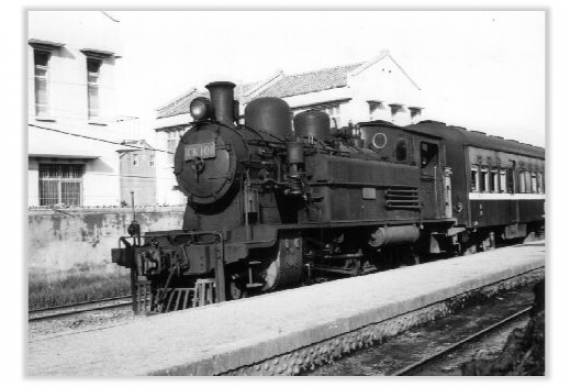Transportation in Jingmei
Development of Transportation in Jingmei
Jingmei is an important transport hub in the southern part of Taipei. The development of transportation in Jingmei began with water transport and shifted to push car railway, railway, road transport, and finally mass rapid transit system, making local transportation faster and more convenient.
Xizikou
Massive land reclamation in Jingmei began approximately in 1736 (the first year of the reign of the Qianlong Emperor of the Qing dynasty). Most of those who just arrived in Jingmei to pioneer the land lived in Xizikou. Located on the east side of the intersection of Xindian River and Jingmei River, Xizikou was where cargo was received and delivered at the time. Trade relied on water transport.
Formerly Jingmei Ferry Port
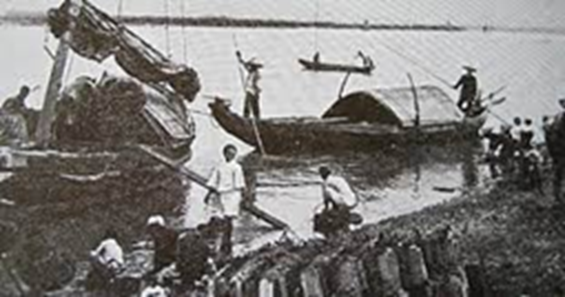
In the early 19th-century, Jianwei Street succeeded Xizikou as an important street. The ferry port moved forward to Jianjiaotan beneath Mujian because Xizikou silted up. As Jianwei Street was close to Formerly Jingmei Ferry Port, it replaced Xizikou and became a cargo hub.
Push car railway
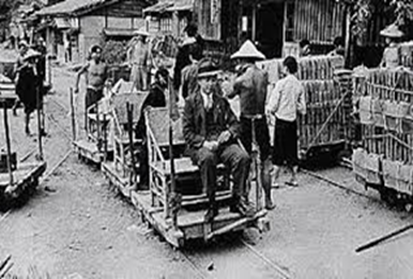
In 1907, the construction of a push car railway line between Nanmen and Xiaocukeng in Xindian for the purpose of transporting construction tools and materials began. Later, passenger and cargo transportation services were also available. In 1919, the construction of railway lines in the Jingmei River basin began due to large-scale coal mining in Muzha, Shenkeng, and Shiding. One railway line went from Wanlong railway station to Xinglong Road and Wanfang Road; it was called Shiwufen Railway. The other railway line went from Jingmei railway station to Muzha, Shenkeng, and Shiding; it was called Wanxin Railway.
Wanxin Railway
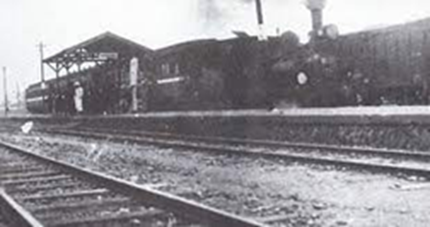
In 1921, the railway line between Wanhua and Xindian, commonly known as Wanxin Railway, was constructed by Taipei Railway Co., Ltd. It was 10.7 kilometers long, and Jingmei railway station was a major stop on the line. The line became fairly busy due to coal transportation. The initial purpose of constructing Wanxin Railway was to accelerate the process of transporting coal from Xindian, Muzha, Shenkeng, and Shiding. Besides coal, the railway line also transported agricultural products, forest products, and tea leaves. Later, it had to rely on government subsidies to be kept running due to poor operational performance. Moreover, roads needed to be widened to accommodate national defense needs. As a result, Wanxin Railway ceased its operations and was demolished on March 24, 1965.
Road transport
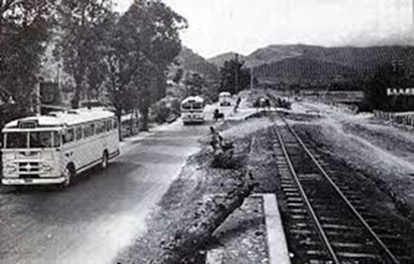
After the demolition of Wanxin Railway, the original railway roadbeds were remodeled into roads. The section between Wanlong and Xindian was widened to match the existing road, and became today’s Sections 5 & 6, Roosevelt Road and Beixin Road.
Mass rapid transit system
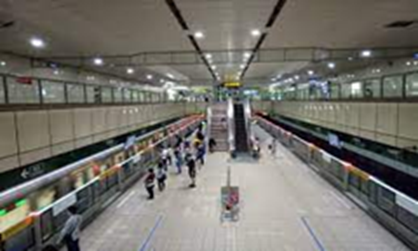
The Xindian Line began operation on November 11, 1999. It is a high-capacity transit system operating fully underground. It runs from Xindian to Wanlong, a route similar to that of the closed Xindian Line of the Taiwan Railways Administration. This line has brought convenient transportation network to Jingmei.
Jingwen Street
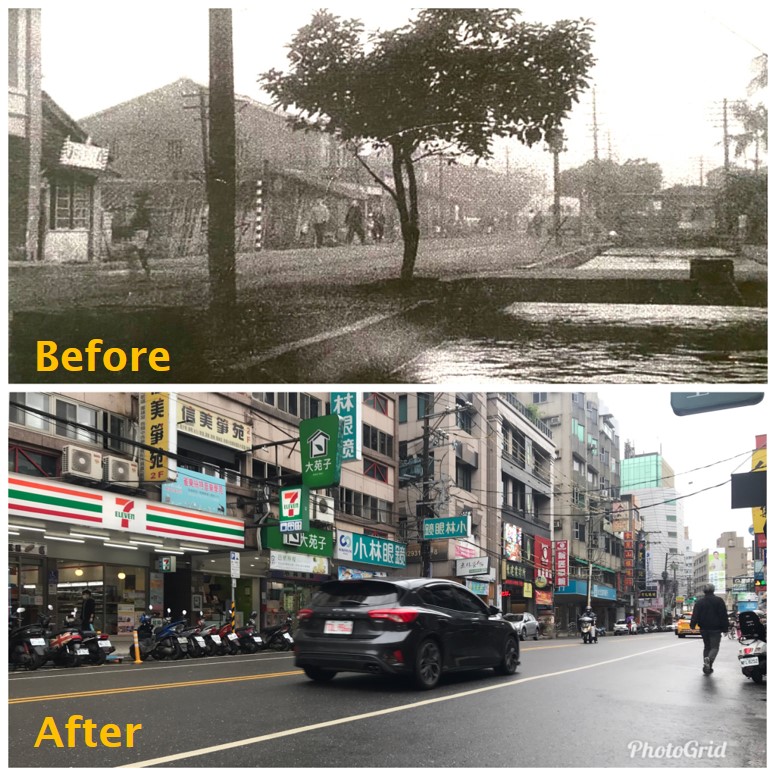
Jingwen Street bears witness to the prosperity of Jingmei in the past hundred years. However, it is also the most difficult street in Jingmei to travel on. In its early days, Jingwen Street was located next to the Jingmei River and Liugong Canal, and could easily be flooded when there was heavy rain due to the fact that it was in a low-lying area. To prevent flooding, shops on both sides of the street elevated their building foundations, resulting in uneven road surfaces, hence difficulty traveling on the street. Before 1965, Taiwan’s building acts and regulations did not stipulate that pedestrian arcades should be built in buildings. Thus, pedestrians could only walk on roads, weaving in and out of traffic. Now you only have to have a look at the buildings on both sides of Jingwen Street to tell which ones were built before 1965.
Turn around and look around the tallest buildings in Jingmei from where you are
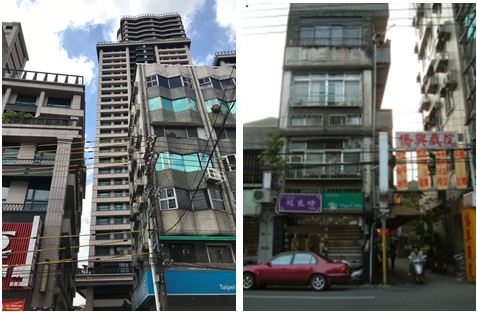
When you walk to Jingwen Street, you only have to turn around and you can look around the tallest building in the history of Jingmei. The one facing you is a 33-story residential building. It is now the tallest building in Jingmei. The location was initially where the coal yard in Jingmei railway station was at. Later, it was remodeled into Qiaoxing Cinema. The current building was constructed after the demolition of the cinema. It used to hit the highest residential property price in Jingmei at the time during presale.
Water brings fortune and it brings prosperity to Jingmei
In Chinese feng shui, it is believed that water can bring fortune; water flow represents cash flow. In its early years, the ferry port in Jingmei relocated to Jingwei because Xizikou silted up. Jingmei transformed into an important cargo transfer station from being an agricultural settlement in Jianwei. In 1908, the course of the new Liugong Canal changed and the canal flowed through Jingwen Street. Where water flowed, there was prosperity. You could see roads and push car railways parallel to the Liugong Canal on Jingwen Street. Jingwen Street became a junction between Taipei and Wenshan area.
A large number of jewelry shops were an indicator of wealthy Jingmei
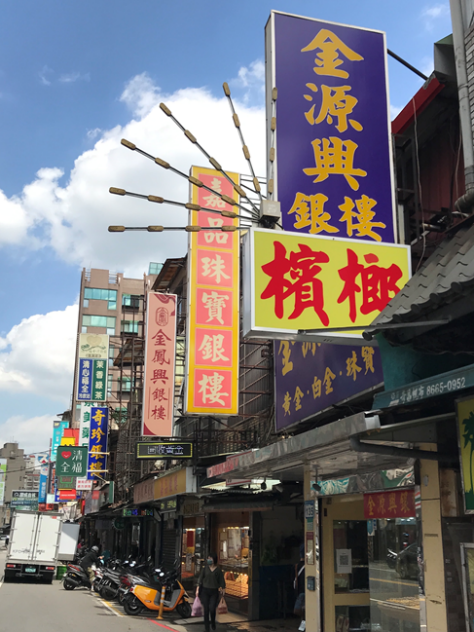
Older generations of Taiwanese people like to purchase gold as a means of saving money. A place with jewelry shops and pawn shops is where money comes in. In the early days, jewelry shops and pawn shops provided the following services: financing, mortgage, currency exchange, etc.; they functioned similarly to today’s banks. As early as in the 1950s and 1960s, the Thirteen Air Force of the United States was assigned to Gongguan. Americans would go to jewelry shops on Jingwen Street for currency exchange services when they visited Jingmei for a holiday. Now people in Jingmei purchase jewelry in jewelry shops when they are getting married. Today, you can still see seven jewelry shops and one state-owned pawn shop on Jingwen Street.
Jingwen Street Earning money on the quiet
These owners of old stores ran business for a long time, with wealth and in a low-key manner. Some of the old buildings on Jingwen Street is diagonally opposite to the water flow of the Xindian River. Maybe that’s base on a Chinese Fengshui principle which means “water comes, money follows, gather fortune form every direction.” And take a look: the stores on Jingwen Street that seat on the east side facing west seem to have better business than the stores facing east. It may echo a saying in the Taiwanese dialect, “Seat east, face west, earn money on the quiet”. Even though Jingwen Street is unwalkable, visitors can see the microcosm of the evolution of Jingmei. So let’s take a walk. Absolutely worth it!
最新自 社大行政團隊
- 111-1公民周:社區小故事-我的大新聞
- Education and Entertainment in Jingmei
- Religion in Jingmei
- Canals and Rivers in Jingmei
- Food in Jingmei
- 【復興景美文化軸帶─尋找新人文渡口】文化社造成果展
- 折頁設計
- 【復興景美文化軸帶─尋找新人文渡口】 青銀共創提案─景美畫傘趣
- 文山學教案工作坊
- 水文化社造萬和水水家園─小小空間魔法師改造工作坊
- 水文化社造─青銀共創提案愛麗絲愛乾淨組至景美夜市進行垃圾不落地行動
- 青銀共創提案活動─台大串市場
- 復興景美文化軸帶,尋找新人文渡口 【文山好行-友善單車環境向前走】公共論壇
- 復興景美文化軸帶,尋找新人文渡口 【現代新渡口】公共論壇
- 水文化社造:暑期親子1日營─小小導覽員第二梯次
- 水文化社造:暑期親子1日營─小小導覽員第一梯次
- 木柵公園的人工浮島
- 移除外來魚種
- 【找回萃湖美力】易拉展
- 【文山水岸-景美溪大河願景】公共論壇紀錄
- 「我們的景美溪願景」焦點團體座談紀錄
- 木柵公園的夜間賞螢活動內容
- 景美溪流域學踏查會議
- 文化社造--青銀共創沙龍-【創業不NG】
- 文化社造--青銀共創沙龍-【創業前該具備的能力-從0到1】
- 文化社造--藝文沙龍-當蘇軾遇到莫札特
- 文化社造--藝文沙龍-都會中的遺圳─霧裡薛圳
- 文化社造--藝文沙龍-作為一名創作者
- 文化社造--藝文沙龍-多元文化‧藝饗美學
- 文化社造--藝文沙龍-新時代的剪花
- 文化社造--景美深度文化旅行導覽活動-景美文化搖籃地
- 文化社造--景美深度文化旅行導覽活動-探訪景美老街
- 文化社造--景美深度文化旅行導覽活動-都會遺圳─霧裡薛圳
- 文化社造--文化旅行導覽人才培訓課程-研討踏查文史景點資料
- 文化社造--文化旅行導覽人才培訓課程-景美街老渡口週邊踏查
- 文化社造--文化旅行導覽人才培訓課程-溪子口老渡口週邊踏查
- 文化社造--文化旅行導覽人才培訓課程-萬隆地區週邊水文化探究
- 文化社造--渡口意象設計工作坊
- 文化社造─公共論壇─尋找新人文渡口
- 文化社造─社造點參訪(兩日)活動
- 文化社造─社造點參訪(大稻埕碼頭、昌吉轉角)
- 文化社造─營造社區人文魅力的公私協力密技研習講座
- 文化社造─景美新人文渡口研習講座
- 文化社造─105年第一場藝文沙龍&深度文化小旅行
- 活化萃湖.打造本土樂園
- 打造原生樂園 社大志工齊摸萃湖外來魚
- 2013 春遊•文山水岸
- 2013年活化萃湖活動 ─寫生、攝影及外來種移除
- 2013 景美溪鴨鴨放流暨淨溪活動
- 2011《文山藝術季─社區河岸藝想節》

